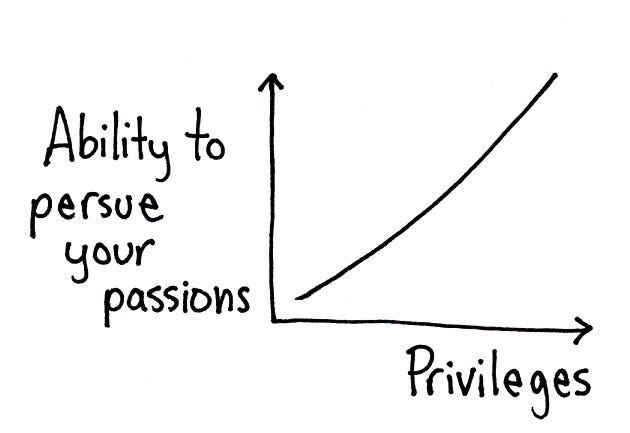Below are some general guidelines about how to make an online course work best for reasonably responsible high school students. An important philosophical belief I have based on my experience with both in-class and online learning is that
"technology is a tool" and like any other tool it takes consistent practice to master and it may not be perfectly suited for every single person. It can be made to work reasonably well for almost everyone if the following guidelines are kept:
Good practices
1. There must be regular (once-per-week minimum) communication between the student, online instructor, and in-school contact.
2. The student is expected to:
2a. spend roughly 1 hour/day, 5 days/week, every week on coursework (reading the text, regularly accessing the website to see videos, notes, try problems, email instructor, etc.)
2b. ask questions as soon as a problem (tech, math, etc.) arises!
3. The student should be provided with a quiet place to work on the course. (library, quite time at computer lab, etc.)
4. Logistically speaking, tests are 90 minutes, on paper. The student will need space, time, and a proctor for these tests. Midterm & Final = 180 minutes. Returning the tests is easy as using a smartphone or scanner to turn them into PDFs. *
Note -- These times are specific to my courses. Your mileage may vary.
Here is how students often ... don't find success:
Bad practices
1. Students don't interact with the instructor regularly. Students don't have any sort of at-home or in-school person to check in on them weekly.
2. Students do the following:
2a. Spend 0 hours on the course for 2 consecutive weeks, then try to cram 10 hours into a weekend.
2b. Do not let the online instructor know when something is wrong (tech,math, etc.)
3. Students try to do their coursework in loud or distracting environments.
Myself and my team of instructors will continue to check in with the student and instructor throughout the enrollment, but the expectation is that the student is keeping to the suggestions above. Sometimes he or she may veer off course -- that's human, it happens, and it can easily be fixed if it's caught quickly.



